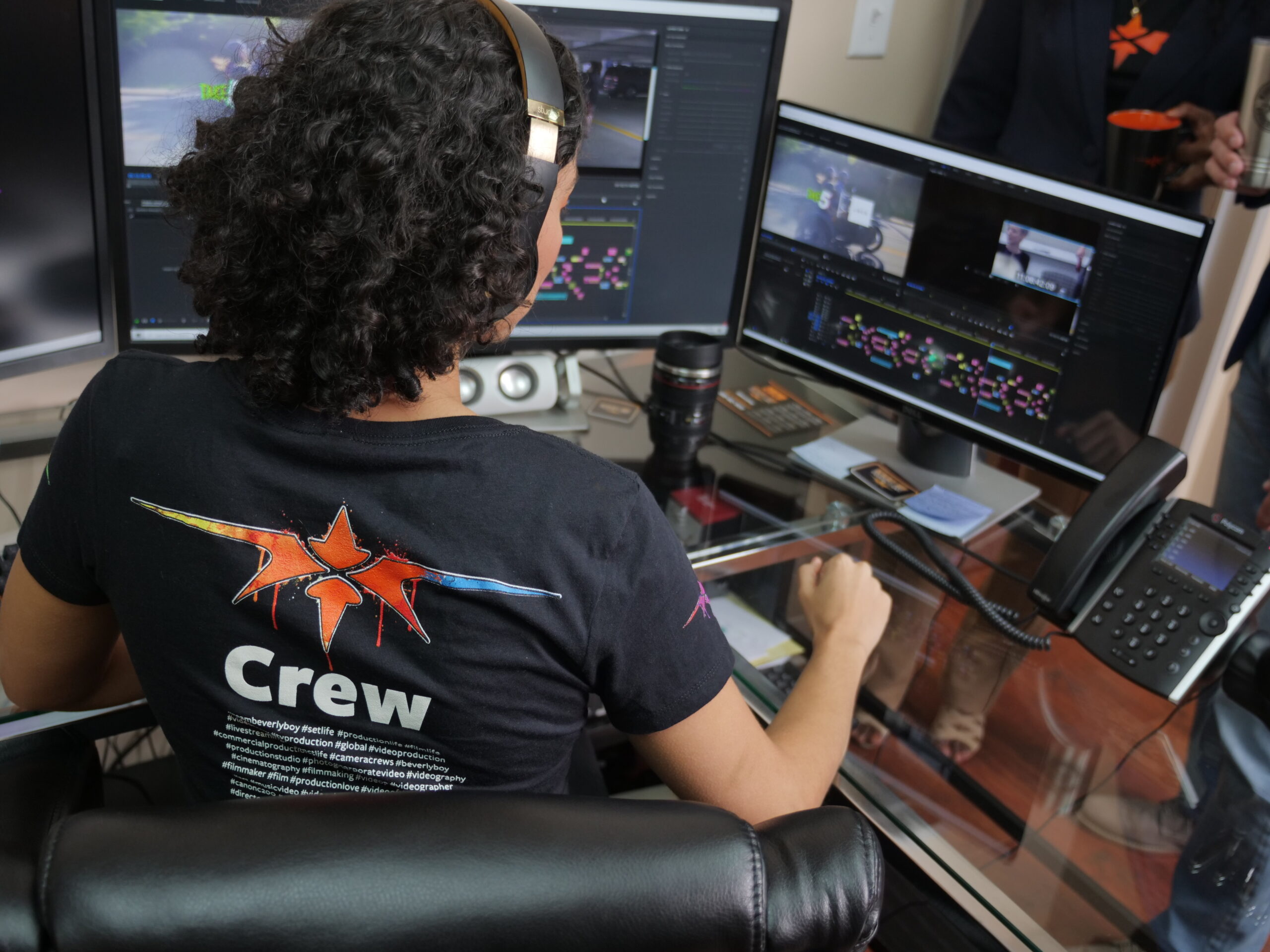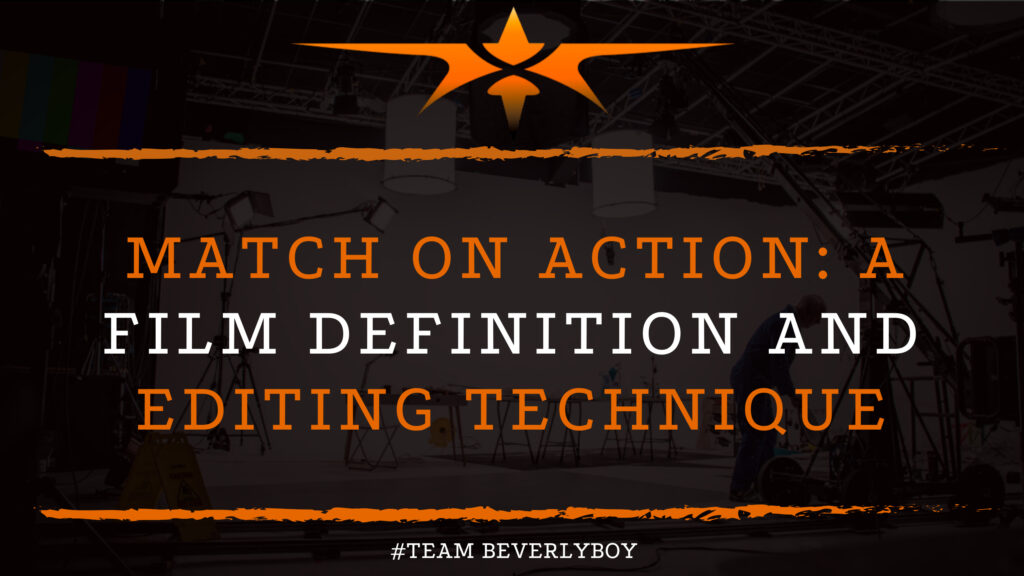Match on Action: A Film Definition and Editing Technique
Audiences love to see films that have a lot of action and great transitions between scenes. But connecting these scenes in a way that allows for the most cohesive and seamless transition can be challenging. Filmmakers frequently use the match cut, also called the match on action, to achieve a seamless narrative in films. In which there is a desire to transition scenes on action to connect similar colors, shapes, or individual actions taking place within the story.

In this match on action film definition, we explain the editing technique in full detail. To provide you with a cohesive understanding of how this powerful editing technique works.
What is the Match on Action Film Editing Technique?
Match on action represents a unique film editing technique in which the editor aims to match. Or otherwise transition scenes on similar actions that are taking place within the story.
In the simplest definition that we can provide, this editing technique gives great meaning and purpose to the cutting from one scene to the next by transitioning between two events or concepts that are similar in action or movement.
One of several types of “match cuts” the match on action cut involves using thematic similarities in action. Or events that are taking place during two scenes to form the transition.
The match on action will use action or movement elements from one scene to another to create the transition. While maintaining the thematic connection between the two scenes for the audience.
Why are Match on Action Transitions Popular?
The match on action technique creates a connection between the two scenes representative within the film to help the audience exhibit the connection in the story. Functionally, it involves the use of actions taking place within the two scenes.
To build the dynamic connections between the actions so that the audience directly connects the situations occurring with one another. As if there’s a specific purpose in connecting scene 1 with scene 2.
The use of match on action by the film editor has a unique ability to create momentum. One that forces the narrative forward by directly highlighting the actions that are taking place in each shot.
We often see the match on action used in fight scenes and in high-action films. This technique is also for creating more emphasis or to amplify the meaning of a particular part of the story.
How Match on Action Works
Match on action essentially involves editing two scenes to create a transition. In which the audience is less likely to pay attention to the transition or editing technique and more attention to what’s happening in the story.
This is achieved through a type of continuity editing in which the editor will match the action that is taking place from scene to scene. So that the first shot cuts to a view of the outcome of the action from the first shot. You might hear that the shot, reverse shot.
This generally portrays for the audience a sense of a single action taking place and shows the outcome of the action through the use of a visual bridge in which the audience’s eyes are drawn away from the transition or continuity issues.
Beyond Traditional Action
It’s important to note that an “action” movie is not necessary in order to use the match on action editing technique successfully. In fact, while we often think of action as things like fights, high speed chases, explosions and other “high adrenaline” situations?
Action is technically considered any movement that is taking place within a scene. Thus, the match on action technique can be used in many other situations above and beyond the traditional “action” film.
Editing Technique
Consider the match on action as a possible editing technique to be used when a character turns their head to look in a particular direction. When an actor has used a particular hand gesture or even in simple scenes.
In which your character has moved from a sitting position into a standing position. Match on action can be used in any of these situations. And can still create a level of continuity where the audience is less focused on the transition.
Thus improving the overall perceived value or visual appeal of your video.
For example, match on action can work in any of the following scenarios:
- Match on action in which there is action and reaction. This is common in a fight scene in which there is a shot that shows a punch being delivered. Followed by a shot that shows the person on the receiving end following the punch.
- Match on action in which there is a continuous movement is common in a variety of different types of scenarios where there is movement of some type that doesn’t stop. The camera shows different angles of the movement taking place. Such as a person running with views from both the side and the front.
- Match on action in which there is camera movement. This is common in a variety of films and involves the use of whip pans, crash zooms, and other forms of camera movements. To produce the actions that build the transition points for the various shots.
Examples of Match on Action in Film
No match on action film definition is complete without a few examples of this powerful technique in action.
Consider the following examples of match on action in film:
- A character in a fight scene throws a punch. And the match on action is used to then show another scene. Perhaps a view of the character on the receiving end of the punch?
- In Kill Bill, Uma Thurman swings a sword and the next shot is a low-angle shot in which a cut on action was made.
In Summary
As you can see, when it comes to a match on action film definition, the simplest explanation is that the transition takes place when the action is occurring. And is therefore matched to another action taking place in another scene.
So that the audience pays less attention to the editing and the transitioning between scenes and more attention to the story.

